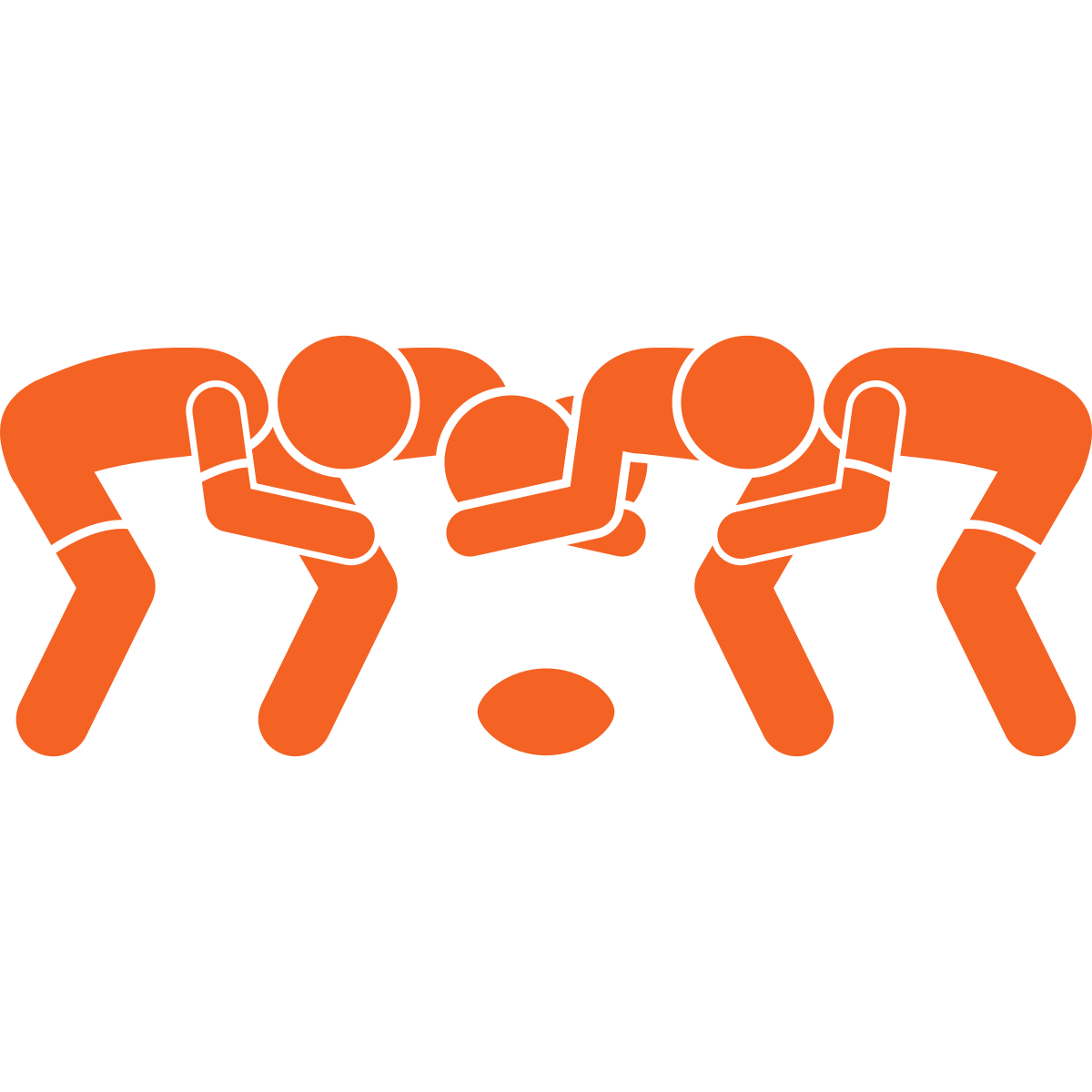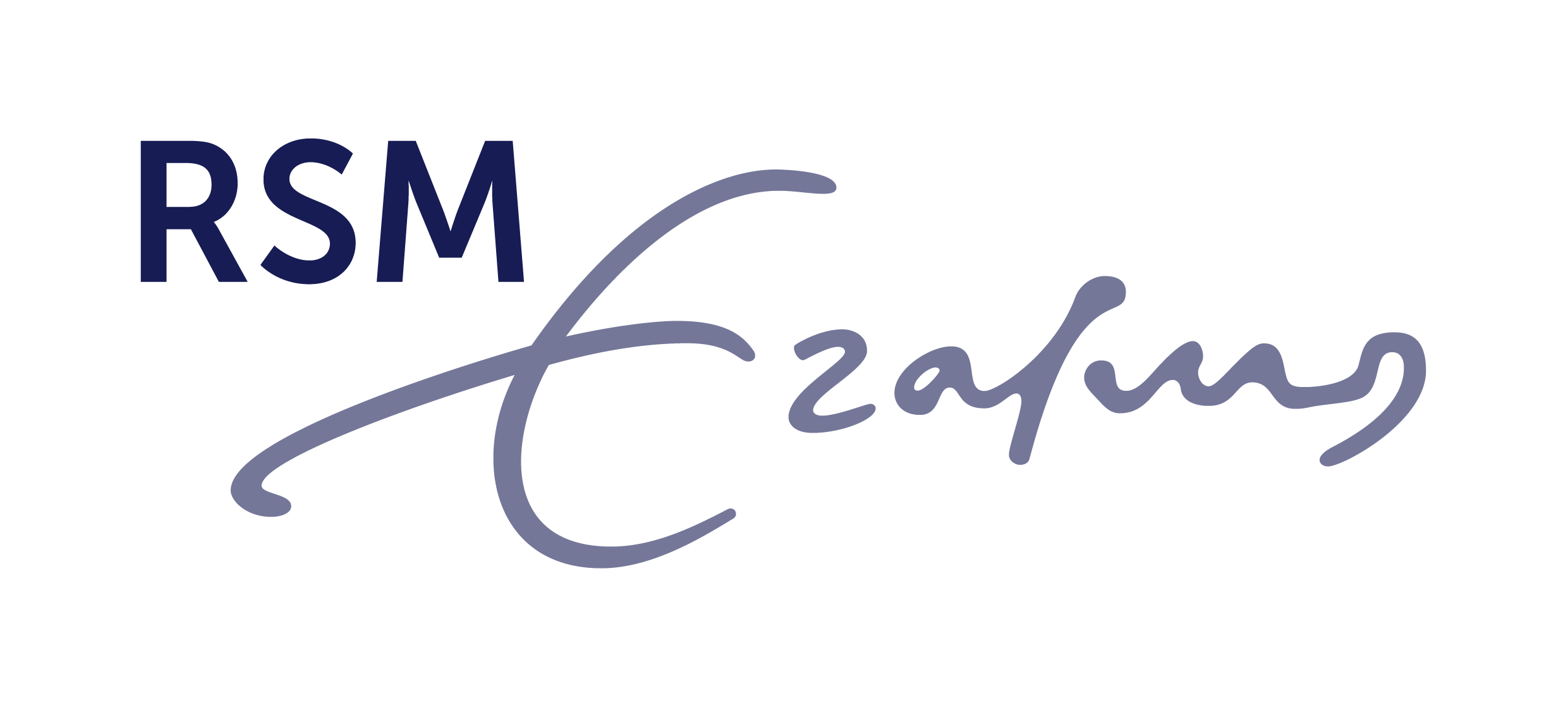In our Teamraderie experience, Andy helped us to see that great athletic plays are often displays of different forms of empathy. In conversation, we found ‘empathy’ in rugby, in basketball, and in NASCAR – and then applied it to our work.
Many of us watch ‘sports’ on TV. Or watch our kids play ‘sports’. Or play a team sport ourselves.
Think of a sporting event you watched or participated in recently. Can you describe a form of empathy that you saw play out?
Alternatively, think of a work process or meeting you participated in recently. Can you describe a form of empathy – collaborative empathy (rugby), transitional empathy (basketball), or subordinate empathy (NASCAR) – that you saw play-out? Or that you saw NOT play-out?
As an alternate way to start the conversation, you can refer to video you watched of the WNBA game. The women in the video were likely 25-35 years old. Imagine if that same group of women were playing that same game 20 years earlier. What would that ‘play’ have looked like if executed by 5-10 year old players?
Professional athletes undergo a journey of physical capability (they become better players, stronger, can shoot from farther away) and a journey of emotional capability (they no longer ‘gather’ around the ball but instead learn to execute on a play). Professional athletes exhibit physical and empathetic growth.
In business, we are “pros” at solving problems, fixing issues, and inventing new things. But we often have not made the same level of development in our empathetic response to each other. What’s an example of where we – at our work – demonstrate high cognitive capability but less empathetic capability?



















